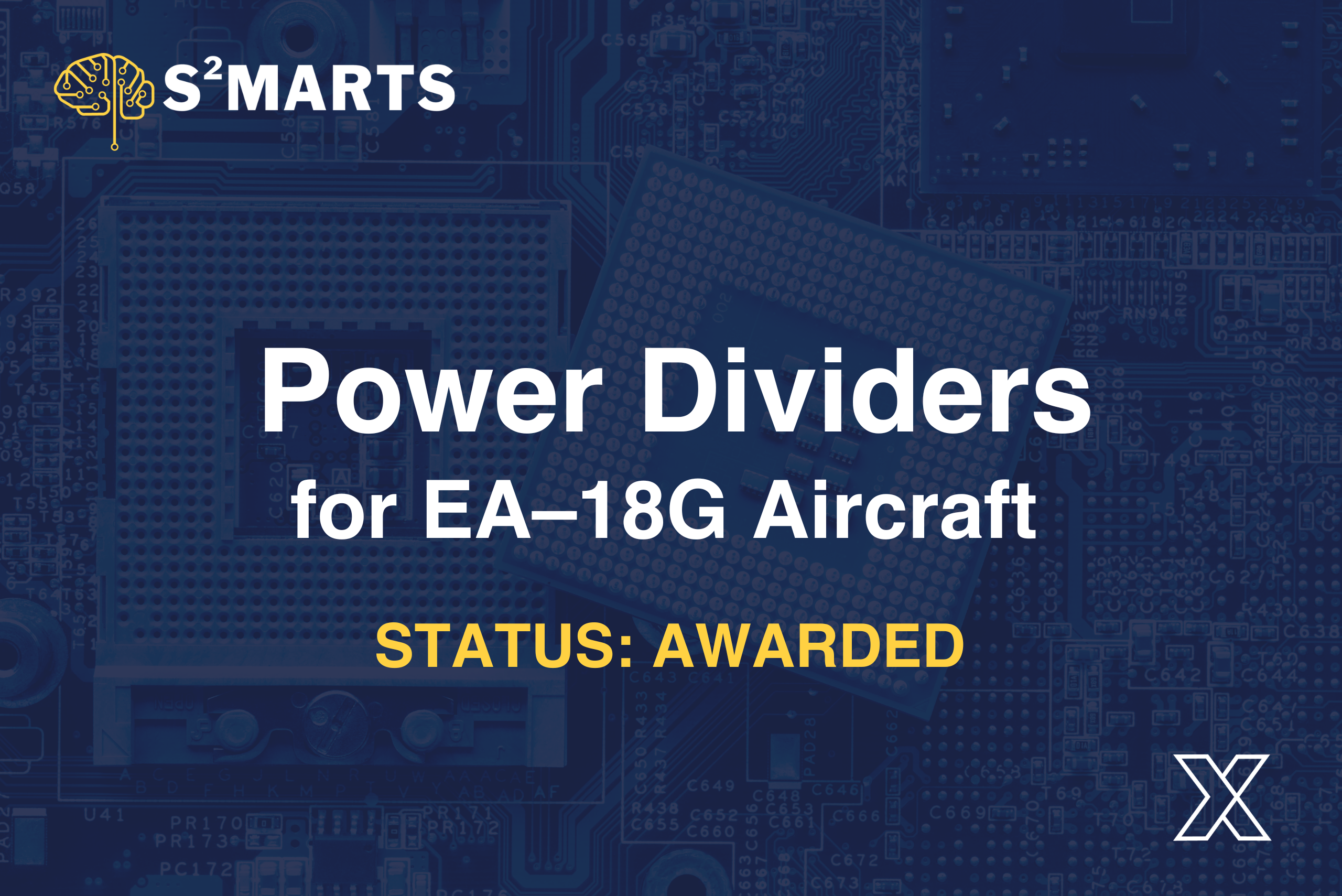Digital Healthcare Automations for the U.S. Military: Your Guide
June 27, 2023

The Military Health System (MHS) is one of the largest healthcare networks in the world. It serves active duty service members, military retirees, and their dependents. The MHS operates 55 hospitals and 370 clinics worldwide.
Digital healthcare automation has emerged as a transformative force in the global healthcare landscape.
This guide provides an in-depth look at how digital healthcare automation can be effectively implemented in the U.S. Military Healthcare System, highlighting the potential benefits, potential risks, and a roadmap for successful implementation.
Overview of the Current U.S. Military Healthcare System
The U.S. Military Healthcare System is a complex network designed to provide comprehensive health services to the nation’s active and retired military personnel, as well as their families. The Military Health System (MHS) is a crucial component of this network, responsible for providing healthcare to active duty and retired U.S. military personnel worldwide.
MHS operates a vast infrastructure including:
- Military hospitals
- Clinics
- Medical centers
It also offers TRICARE, a health insurance program for military retirees and families of:
- Active-duty
- Retired
- Deceased service members
In addition to MHS, the Defense Health Agency (DHA) plays a vital role in the military healthcare ecosystem. Established in 2013, the DHA’s primary function is to manage the activities of the MHS, such as operating its hospitals and clinics. It ensures that services are delivered effectively and consistently across the system.
The Veterans Health Administration (VHA), another key component, provides a comprehensive healthcare system exclusively for military veterans. It is the largest integrated healthcare system in the U.S., providing care at over 1,200 healthcare facilities.
Over the years, technology has played an increasing role in these systems. It supports everything from clinical decision-making to administrative tasks. The system makes use of:
- Electronic health records
- Telemedicine
- AI-based tools
These contribute significantly to improving care:
- Delivery
- Efficiency
- Patient outcomes
The Need for Automation in the U.S. Military Healthcare System
Despite its vast infrastructure and dedicated personnel, the U.S. Military Healthcare System faces a number of challenges and shortcomings. These include:
- Increasing healthcare costs
- Inefficiencies in healthcare delivery
- Administrative burdens
- A growing population of veterans requiring specialized care
Given the scale and complexity of operations, manual processes, and legacy systems often lead to delays and errors, impacting the quality of care. The system has the difficult task of ensuring continuity of care for service members who often move or are deployed to different locations.
In light of these challenges, automation emerges as a promising solution. It can streamline:
- Administrative tasks
- Improve accuracy in diagnostics
- Enhance patient management
For instance, the automation of Electronic Health Records (EHRs) can mitigate issues related to data access and interoperability.
Similarly, AI-powered diagnostic tools can help in the early detection of diseases and in providing personalized care. Predictive analytics can forecast patient outcomes and help in resource allocation.
The cost-benefit analysis of automation initiatives might seem intimidating due to high upfront costs, but when considering:
- Long-term efficiency gains
- Improved patient outcomes
- Potential cost savings in the form of reduced errors
- Increased productivity
The investment in automation technology is justifiable and essential for the modernization of the U.S. Military Healthcare System.
Types of Digital Healthcare Automation
Extreme automation in digital healthcare for the military aim to optimize the delivery of healthcare services, improve outcomes, and increase the efficiency of medical support in challenging environments.
These technologies have the potential to save lives, reduce medical evacuation needs, and enhance the overall healthcare experience for military personnel.
Electronic Health Records (EHRs) and Blockchain Technology
Electronic Health Records (EHRs) represent one of the fundamental types of digital healthcare automation. EHRs digitally store a patient’s medical history, including:
- Diagnoses
- Medications
- Treatment plans
- Immunization dates
- Allergies
- Radiology images
- Laboratory test results
Blockchain technology has emerged as a promising solution for enhancing the security, privacy, and interoperability of electronic health records (EHRs).
In the context of EHRs, blockchain serves as a decentralized and distributed ledger that securely stores and manages healthcare data. By using cryptographic algorithms, each transaction or entry in the blockchain is timestamped, digitally signed, and linked to the previous transaction, creating an immutable and transparent record of all data exchanges.
This technology enables secure sharing of patient information among authorized parties while maintaining patient privacy and data integrity.
Blockchain-based EHR systems can improve data accuracy, reduce fraud and tampering risks, streamline data access and sharing, and facilitate seamless interoperability between different healthcare providers.
With its decentralized nature and robust security features, blockchain has the potential to revolutionize the way EHRs are managed and shared, ultimately leading to more efficient and patient-centric healthcare systems.
Remote Patient Monitoring with the Internet of the Body
Remote patient monitoring involves the use of digital technologies to gather patient health data outside of traditional healthcare settings. This can be crucial for monitoring chronic conditions or for post-operative care, allowing for timely interventions and reducing the need for hospital readmissions.
Remote Patient Monitoring (RPM) combined with the Internet of the Body (IoB) represents a groundbreaking advancement in healthcare. RPM utilizes connected devices and sensors to monitor patients’:
- Vital signs
- Health parameters
- Activities remotely
Enabling healthcare providers to gather real-time data and deliver personalized care.
When integrated with the IoB, which encompasses wearable devices, implanted sensors, and ingestible sensors, RPM becomes even more powerful. The IoB allows for continuous monitoring of a wide range of physiological data. This seamless connectivity between patients and healthcare providers enables proactive interventions, early detection of health issues, and timely medical responses.
Robotic-Assisted Surgery
Robotic systems are used to assist surgeons in performing complex surgical procedures. These systems provide precision, stability, and enhanced visualization, allowing surgeons to perform minimally invasive surgeries with improved accuracy.
In military healthcare, robotic surgical systems can be deployed in field hospitals or mobile units, enabling remote surgery and providing critical care to injured soldiers in remote areas.
3D Bioprinters
3D bioprinters have revolutionized healthcare by enabling the creation of complex three-dimensional structures using living cells and biomaterials.
These innovative devices have the potential to transform various aspects of healthcare, including regenerative medicine, drug discovery, and personalized medical treatments.
While 3D bioprinting in healthcare holds immense potential, it is still an evolving field with several challenges. Improving the:
- Scalability
- Speed
- Viability of printed tissues
Ensuring long-term functionality, and addressing regulatory and ethical considerations are areas of ongoing research and development.
Roadmap for Implementing Automation in the U.S. Military Healthcare
The implementation of automation in the U.S. Military Healthcare System is a complex process that requires careful planning and preparation. Evaluating readiness for digital transformation is the first critical step. This involves assessing the current state of:
- Technology infrastructure
- Identifying gaps
- Understanding the needs and readiness of staff members for adopting new technologies
It’s also important to align digital transformation efforts with strategic objectives and to secure buy-in from all levels of the organization, especially from top leadership.
Once readiness has been evaluated, the steps for implementing automation technologies can be outlined. This typically involves identifying appropriate technologies based on specific needs and objectives, piloting these technologies, and then scaling them up.
Change management is critical during this process. This includes:
- Regular communication about the benefits and impacts of the new technologies
- Addressing concerns
- Providing ample support to ease the transition
Training and development for healthcare staff is a key component of this process. Staff members should not only be trained on how to use new technologies but also on understanding their value and potential.
Finally, it’s important to establish mechanisms for evaluation and continuous improvement. This means regularly assessing the impact of automation technologies on healthcare outcomes and processes, and making necessary adjustments.
Such an iterative approach ensures that the U.S. Military Healthcare System continues to evolve and improve in response to changing needs and opportunities.
Potential Risks and Challenges
While the benefits of digital healthcare automation are manifold, it’s crucial to acknowledge and plan for potential risks and challenges.
One of the paramount concerns in this domain is the security and privacy of patient data. With the digitization and sharing of health records and other sensitive information, there is an increased risk of data breaches. Robust data security protocols and compliance with regulations such as the Health Insurance Portability and Accountability Act (HIPAA) are critical.
Technical challenges are another potential issue. These may include integration difficulties with existing systems, the need for regular updates and maintenance, and ensuring system reliability and uptime.
Ethical considerations add another layer of complexity. While AI and ML can greatly enhance diagnostic and predictive capabilities, they also raise questions about accountability and bias. Ensuring that these systems are transparent, fair, and do not perpetuate harmful biases is essential.
Additionally, the shift to digital healthcare automation may be met with resistance from staff who are comfortable with existing processes or fearful of being replaced by technology. Overcoming this resistance requires:
- Clear communication about the purpose and benefits of automation
- Reassurance about the role of technology as a tool to aid rather than replace human staff
- Adequate training and support to help staff feel confident in using new technologies
Despite these challenges, with thorough planning, stringent security measures, ethical guidelines, and effective change management, digital healthcare automation has the potential to greatly improve the U.S. Military Healthcare System.
Automating Healthcare in the U.S. Military
As we’ve explored in this guide, the potential for digital healthcare automation within the U.S. Military Healthcare System is immense. While there are risks and challenges, these can be mitigated with careful planning and effective management.
The future of military healthcare is digital, and this transformation will play a pivotal role in ensuring the health and well-being of our service members and veterans. This will contribute to a stronger and more resilient military force.





